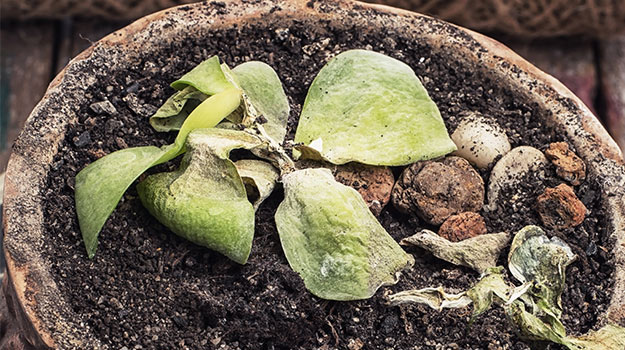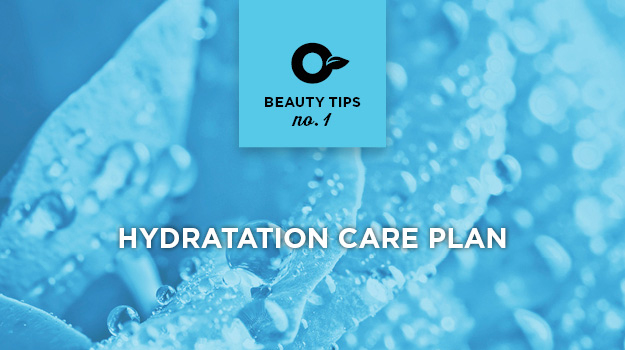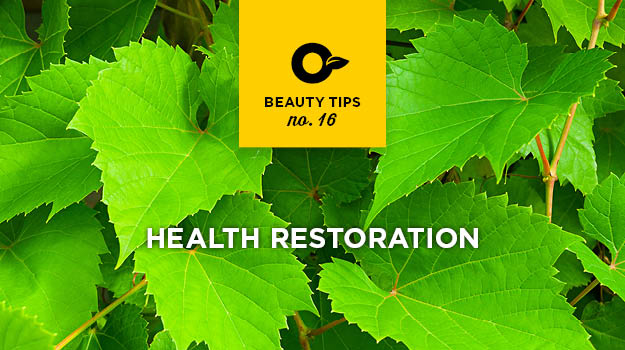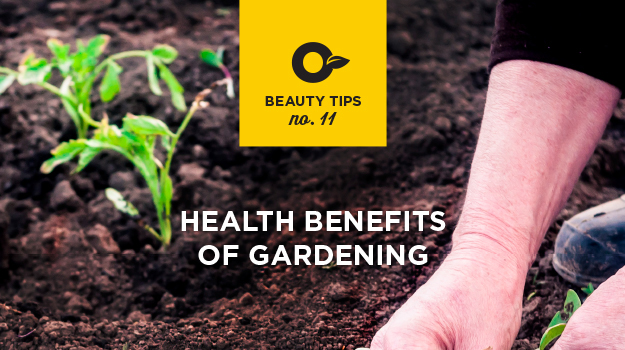
The mold that sometimes appear on the surface of your indoor plants' soil is not harmful to plants. However, it is strongly recommended to get rid of it. To do so, simply scrape the surface of the soil and remove the upper layer from the pot.
When that is done, let the soil dry before watering again. Generally, reducing humidity, decreasing the ambient temperature and improving drainage will help eliminate molds and prevent their development.
Why does mold develop?
Mold will grow on almost any organic source, if the humidity is sufficiently high. Molds are generally created by filamentous fungi that are ever present in our environment.
Each species can have different preferences for certain types of organic food sources, ranging from wood to plant debris.
Not harmful to plants
The molds which grow on peat moss and other growing media are saprophytic, meaning they feed on dead plant material and are not pathogenic or harmful to plants or people.
The molds are naturally found in peat bogs at very low populations, but due to the acidic nature of peat bogs, they do not flourish, which results in slow decomposition of peat moss. However, once harvested and amended with limestone and nutrients, the chemistry changes.
Watering tip
Water is essential to the growth of plants, but too much water will be harmful and can cause several problems, such as root diseases or the development of molds.
Don’t water unless the plant needs it. How to tell? Poke your finger about an inch into the potting soil. If the soil feels dry, go ahead and water. If the top of the soil feels moist, wait a couple of days and check again.



